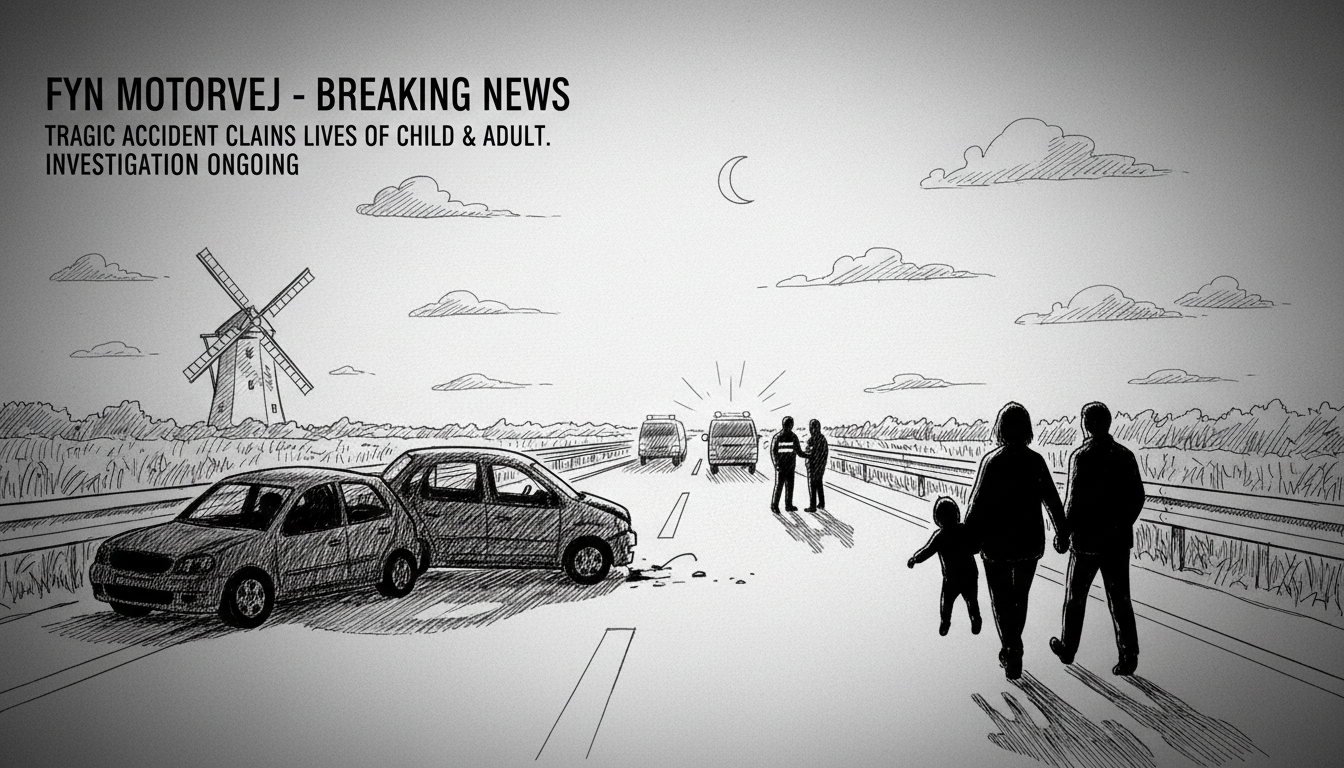A child and 27-year-old adult have died following a tragic collision on Fynske Motorvej in Denmark. The accident occurred during the night leading into Sunday. Police confirm both victims succumbed to their injuries after their vehicle broke down in the outer lane. Another car then struck their stationary vehicle.
Authorities describe the incident as profoundly tragic. Our thoughts are with the families affected by this devastating loss, officials stated. The child passed away on Monday morning while the adult victim died on Sunday.
Two additional individuals sustained injuries in the crash. Medical professionals have since confirmed these survivors are no longer in life-threatening condition. Initial police investigations have ruled out alcohol or drugs as contributing factors. The collision remains under active investigation by traffic police specialists.
This tragedy highlights the persistent challenges of highway safety across Nordic countries. Denmark's extensive motorway network serves as critical infrastructure connecting urban and rural communities. Such incidents inevitably raise questions about emergency lane safety protocols and breakdown procedures.
Scandinavian nations typically maintain excellent road safety records compared to global standards. Denmark's comprehensive traffic monitoring systems and strict driving regulations normally prevent such multi-vehicle incidents. This makes Sunday's collision particularly noteworthy for transportation authorities.
International readers should understand that Danish emergency response protocols are among Europe's most advanced. The country's centralized healthcare system ensures rapid medical attention for accident victims. Police investigations typically proceed with meticulous attention to detail, often incorporating digital reconstruction technology.
Road safety experts consistently note that stationary vehicle incidents represent particular dangers on high-speed motorways. Denmark's driver education programs emphasize proper breakdown procedures, including hazard light activation and safe positioning. The circumstances surrounding this specific breakdown remain under examination.
For expatriates and visitors, understanding local emergency numbers (112) and basic Danish traffic regulations becomes crucial. The country's motorways generally maintain excellent safety records, though any breakdown requires immediate hazard signaling and contact with roadside assistance services.
What consequences might this tragedy have for Danish road safety policies? Transportation authorities frequently review accident patterns to implement preventive measures. This incident will likely prompt renewed attention to emergency lane safety awareness campaigns.
The human cost of such accidents extends beyond immediate victims to affect entire communities. As investigations continue, authorities will work to determine whether any infrastructural or educational improvements could prevent similar tragedies. The Nordic commitment to traffic safety suggests this incident will receive thorough analysis and response.

